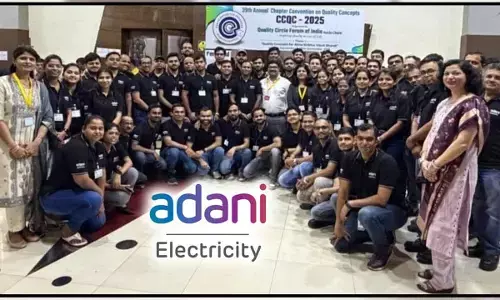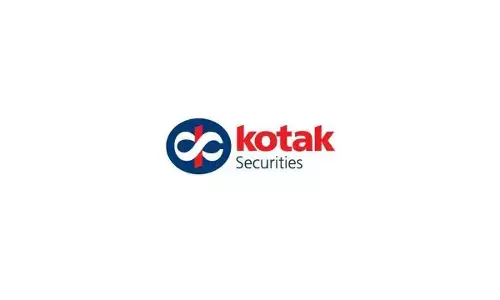Creative thinking or reasoning: The true backbone of business education

Creative thinking or reasoning: The true backbone of business education
Business education has a broad scope.
Business education has a broad scope. From the conventional streams of marketing, finance, HR, operations supply chain management to the new-age specializations such as business analytics, social entrepreneurship, Fintech and international business, it covers a wide gamut. But central to each of these specializations is the competency of Creative Thinking or Creative Reasoning.
Creative thinking can be defined as thinking out solutions to a problem or creating innovations by coming up with unique solutions, original ideas, or pioneer approach. It entails thinking out of the box for a creative purpose and better innovation. Managers, entrepreneurs, CEOs, and think-tanks in the business world periodically come across situations that demand them to rely significantly on creative thinking to solve problems, resolve conflicts, create new opportunities, and drive growth. Understandably, it is regarded as the true backbone of business education.
Since the creative thinking process can be quite comprehensive, educators have to prepare the learners to competently address the problems through each step of the way. Few important steps to be highlighted are:
Identifying opportunities or problems
Creative thinking process commences with the identification of opportunities or problems. Beyond the knack or acumen to recognize a lucrative potential in the market, business school graduates have to possess the knowhow and skill to identify the problems to either nip them in the bud or create data-backed, practical solutions. The learning programme followed at business school must aim to instill this instinct and intellect in students with a blend of pedagogy and practical training through simulations and real time case studies from different functional domains.
Brainstorming
Decision making and problem-solving in an organization is team work. Therefore, opinions, ideas and solutions of the entire team comprising managers, executives, consultants, entrepreneurs and trouble-shooters should be considered and their merit discussed. This constitutes the brainstorming to arrive at sustainable and mutually acceptable solutions. Business education must help in creating positive attitude in students towards productive brainstorming sessions.
Analytical reasoning
Analytical reasoning must go far beyond logical skills. Business students should be trained in arriving at facts through data, market study and research. Rational decisions drawn from analytical reasoning require certain skills such as data analysis, research, forecasting, reporting, interpreting, communication, and presentation.
Problem solving
Once the problem has been defined and its facts established and analyzed, the process of problem solving begins. New-age strategies like Design Thinking enable managers to empathize with the end-users, define the problem, ideate possible solutions, create workable prototypes and test them in a real time situation. All these are central to the creative thinking process for nurturing enhanced performance in students.
Reflection and remedial actions
One of the realities of the corporate world is that problem-solving may require innovation, improvisation and repeated course correction. Comprehensive creative thinking has to include deep reflections, remedial measures and enhancement plans as well.
Lesson learning and taking on new challenges
Smart managers don't stop at finding solutions or problem solving. They take lessons from each such exercise and up-skill and reskill to be better equipped to take on bigger challenges. Creative thinking involves identifying these lessons and scouting for new opportunities to apply them for growth and scalability.
Moreover, the concept of creative thinking has been studied across various disciplines like development research, economics, cognitive science, and business studies and taken up as one of the specialised subjects or workshops in various professional educational courses. The current global market scenario is a true example of markets without borders. To be up wardly mobile in this cut-throat competition, creativity or creative thinking skill and out-of-the-box thinking equipped with cutting-edge technologies become essential for business students.
More precisely, rational decision-making and critical thinking must be taught as key skills to business students. The reasoning skill allows students to understand the real reasons and facts i.e. what, why, when, where and how to take any decision and hence, is a significant component of any business decision making process. A good combination of creative thinking and rationale in business education can make students industry-ready.
(The author is the Dean Academics, Jaipuria School of Business, Ghaziabad)



















